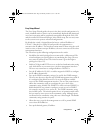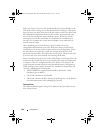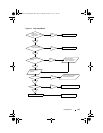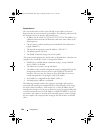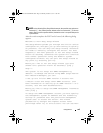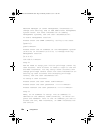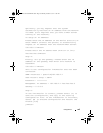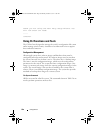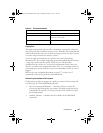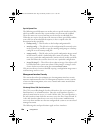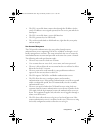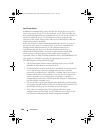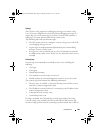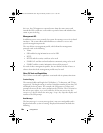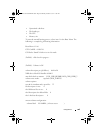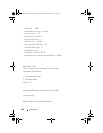
Using the CLI 197
Table 2-6. File System Commands
Copying Files
The copy command not only provides a method for copying files within the
file system, but also to and from remote servers. With the copy command and
URLs to identify files, the user can back up images to local or remote systems
or restore images from local or remote systems.
To use the copy command, the user specifies the source file and the
destination file. For example, copy
tftp://remotehost/pub/backupfile backup-
config
copies a file from the remote TFTP server to a local backup
configuration file. In this case, if the local configuration file does not exist,
then it is created by the command. If it does exist, it is overwritten. If there is
not enough space on the local file system to accommodate the file, an error is
flagged.
Refer to the copy command description on page 1375 in the Layer 2
commands section of the guide for command details.
Referencing External/Internal File systems
Configuration or software images are copied to or retrieved from remote file
systems using TFTP and XMODEM protocols.
• tftp://server-name/path/filename — identifies a file on a remote file
system accessible through the server-name. Trivial file transfer protocol is
a simplified FTP and uses a UDP port instead of TCP and does not have
password protection.
• xmodem: filename — identifies the file available on the XMODEM
connection.
Command Description
delete
file
Deletes file.
filedescr
file description
Adds a description to a file (up to 20
characters can be used).
copy
source destination
Copies a file from source file to destination
file.
2CSPC4.XCT-SWUM2XX1.book Page 197 Monday, October 3, 2011 11:05 AM



